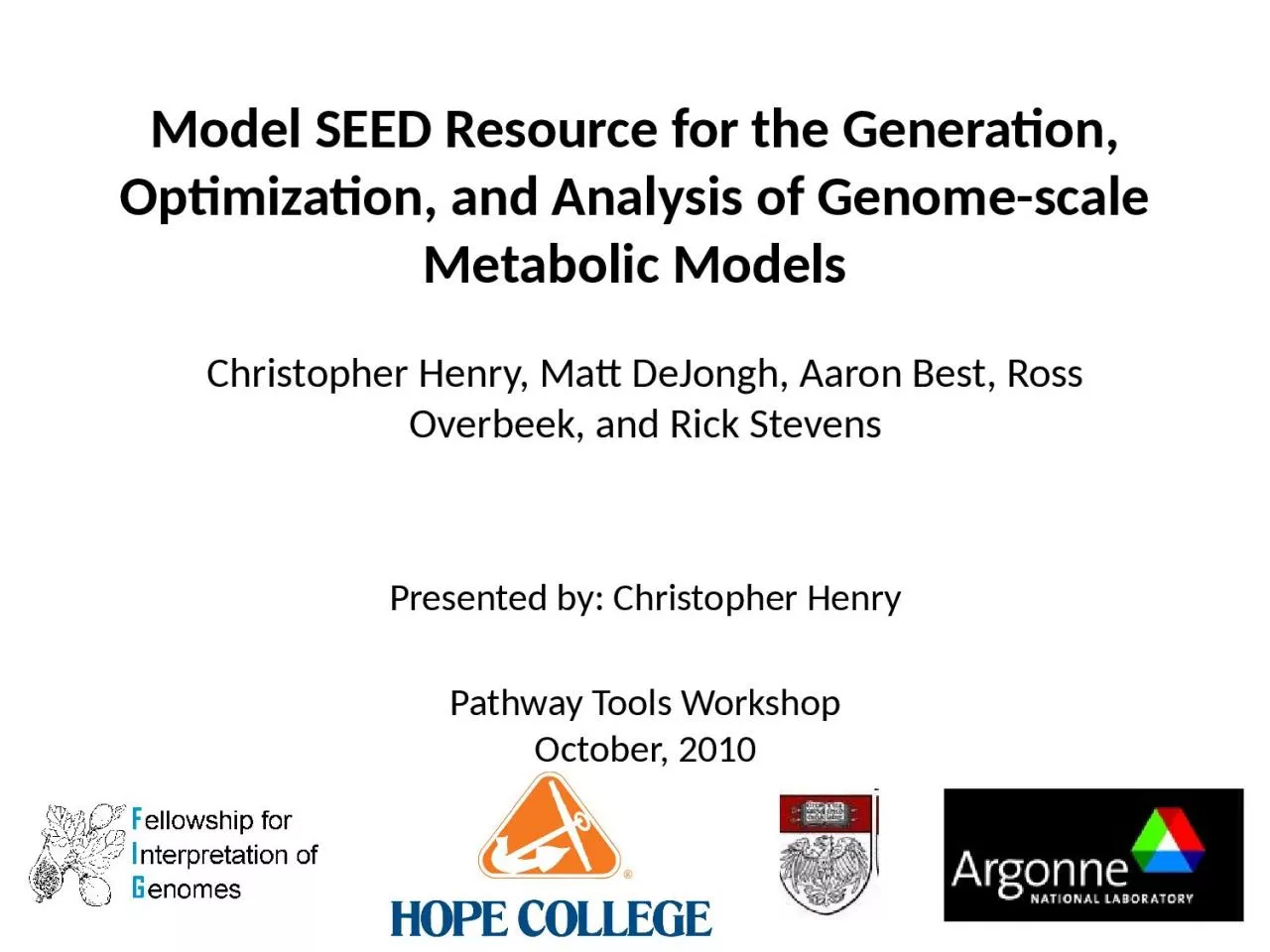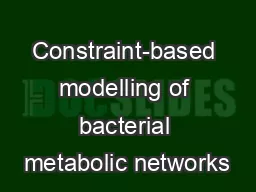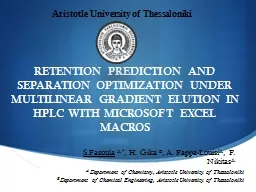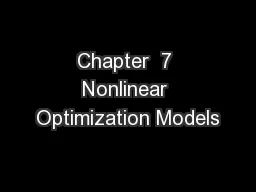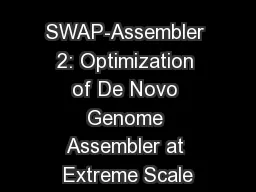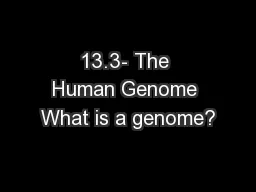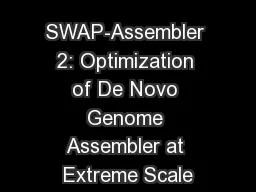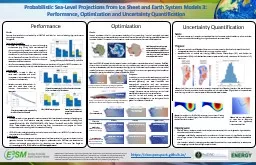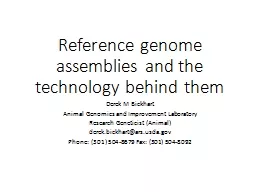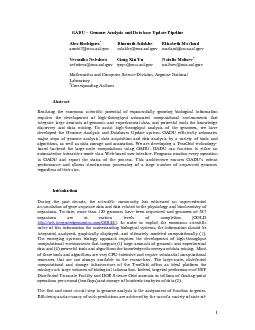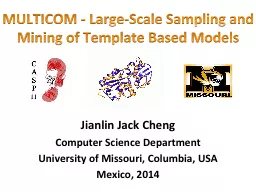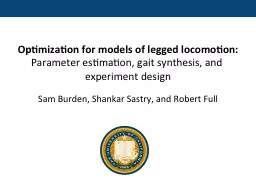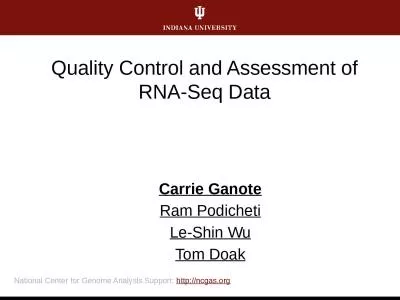PPT-Model SEED Resource for the Generation, Optimization, and Analysis of Genome-scale Metabolic
Author : Daredevil | Published Date : 2022-08-03
Christopher Henry Matt DeJongh Aaron Best Ross Overbeek and Rick Stevens Presented by Christopher Henry Pathway Tools Workshop October 2010 Metabolic Modeling is
Presentation Embed Code
Download Presentation
Download Presentation The PPT/PDF document "Model SEED Resource for the Generation, ..." is the property of its rightful owner. Permission is granted to download and print the materials on this website for personal, non-commercial use only, and to display it on your personal computer provided you do not modify the materials and that you retain all copyright notices contained in the materials. By downloading content from our website, you accept the terms of this agreement.
Model SEED Resource for the Generation, Optimization, and Analysis of Genome-scale Metabolic: Transcript
Download Rules Of Document
"Model SEED Resource for the Generation, Optimization, and Analysis of Genome-scale Metabolic"The content belongs to its owner. You may download and print it for personal use, without modification, and keep all copyright notices. By downloading, you agree to these terms.
Related Documents

